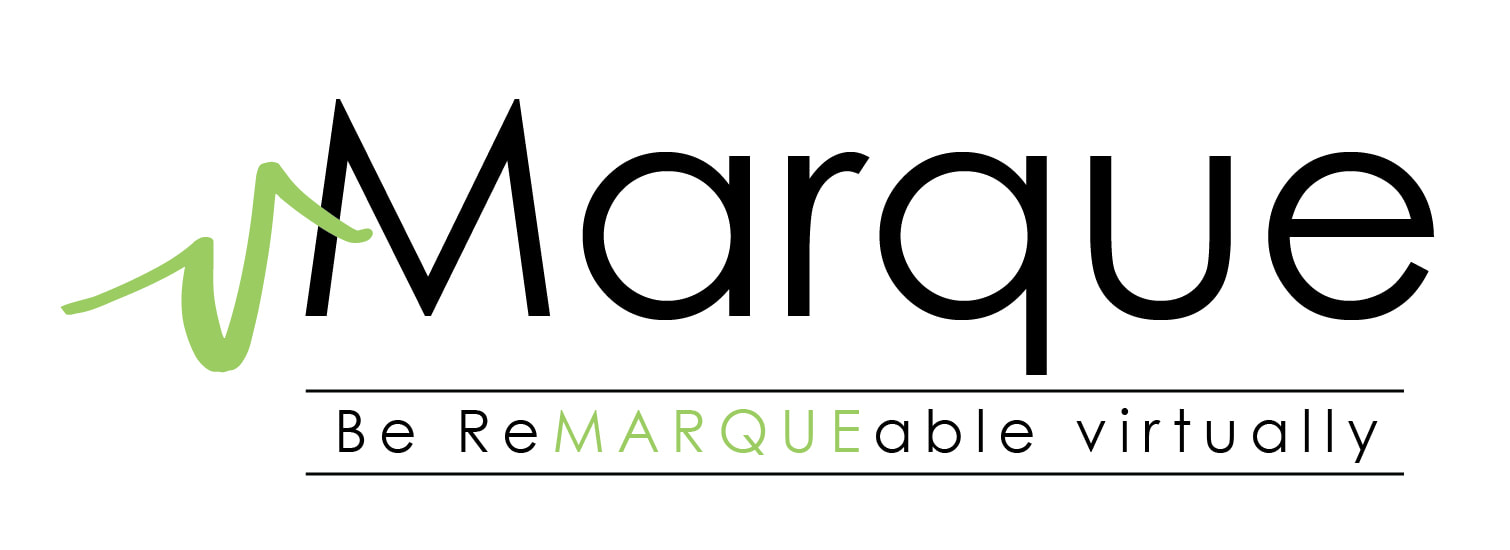|
Check out a quick recap of our designs, sites, and work product for many clients in 2023. Cheers to a fun and exciting 2024! Let us know how we can support you this year.
0 Comments
Today's small and mid-sized businesses are technically sophisticated and often times do their homework before making important decisions for their business. Yes, many small businesses have a smaller amount of decision-makers and often the business owner, President, or CEO makes the decisions but they will also seek out advice from their technology partners, by doing research online, and by gathering feedback from colleagues, staff, and trusted friends and family.
What does this all mean to you as a business serving end-customers and consumers, or even businesses (B2B, B2C)? This means we in the industry must treat these vital decision-makers as valuable members of the supply chain. As we think through our own sales and marketing processes, we must not treat these business buyers as consumers or just assume they purchase as a traditional consumer does. They are extremely valuable and many of them will come to the table or call you with already have performing a great amount of homework on you, your services/products/solutions, and may need you to clarify a few things or answer a handful of final questions before they make a final decision. Technology is a vital tool for small businesses, but buyers do not want you to treat them as a consumer. They will also place their value on you as a business on the way you go the extra mile to better understand their business, their industry, their market challenges, etc. This means it is important for you to set up your marketing campaigns, your website experience, and your marketing outreach (social, digital, and print) in a manner that speaks their language, supports their business challenges, and helps them solve problems and improve their outcomes. We have to continue to keep learning from our customers to improve our messaging and communications to them. The value of small businesses (from home-based businesses to those with 100+ employees) will be realized when we as an industry begin treating them like businesses, help them grow and flourish, and enable their businesses to operate in a digital-virtual-mobile global market. What comes after a recession or even disruptive pandemic is people thinking clearly and rationally about their future and what they want in life. This Covid-19 pandemic is no different. We have had so much time with our closest family members, have worked from home and homeschooled, and many of us have lost jobs or income or our small businesses had to close the doors. This time to think gives rise to new ideas, innovation, creativity, charity, and entrepreneurialism. That being said, some good things do come from global pandemics....and that is we will see a host of BRAND NEW businesses and people venturing out to start their own small business or side business. As part of that, let's talk about the importance of your brand, as we share a few tips, ideas, and thought leadership about brand strategy. Seven ReMARQUEable Brand Thoughts:
Number 4 is an important one, as there will always be a dissatisfied customer or client or patient. Following up, making things right, having clear remediation or service techniques is also part of your brand strategy. A person with a bad experience will tell upwards of 10 people, but will a person with a satisfactory experience tell 10 people....NO. There are ways to mitigate, correct, and adapt. From a branding strategy perspective, it is important to find ways to share those good customer experiences with the larger audience. Some things may include:
According to recent research conducted by the Content Marketing Institute, 69% of the most successful B2B marketers have a well-documented content marketing strategy. What’s interesting is that only 16% of those that they classify as ‘least successful’ do. So it’s no wonder that the best organizations are focused on creating this strategy, and the ‘content strategist’ is a hot, new role in many companies today.
We hear the word ‘content’ a lot in the context of marketing, branding, and lead generation. Content refers to all the material a brand publishes, on any media - whether as a document, or a video, or a social post - with the objective of communicating with target audiences. Content communicates what the brand does and who it is. So what is content strategy? It’s not something complex that a strategy consultant will deliver to you, in leather-bound books and fancy presentations. Content strategy is something that you develop, and it’s a well thought out approach, which answers the questions - why create content, what you will create, and how you will create, publish and promote it. Why content should be at the heart of your B2B marketing strategy Content is the ‘engine’ that drives b2b brand building and lead generation. It also drives marketing channels such as email campaigns, SEO, and Google Ads; all these depend on effective content. Good content helps the brand to take the position of a ‘trusted advisor’, because the reality is that in many B2B purchases, decision-makers don't want to initiate the conversation with vendors. They are far more comfortable speaking with trusted advisors who will share knowledge with them. Content enables you to take that position. Content for each stage of the buyer journey The B2B buyer journey can be long and fairly complex. As buyers move from the awareness stage to consideration to decision-making - what are their information needs at each stage? How do they seek to fulfill these needs? A good content strategy ensures that you serve the right content to them at each stage. We are used to modeling the buyer journey as being linear or viewing it through the funnel. In reality, it tends to be quite zigzag these days. A B2B buyer takes about 7 actions before closing a deal. The digital journey today spans voice search, interactions with chatbots, mobile apps, social media, and more. Each of these is a touchpoint where your brand has an opportunity to interact with the buyer. It's extremely important for you to serve the right content and maximize the impact of your brand at each touchpoint. Content for lead generation Content enables lead generation, as potential buyers seek information and find your content, and engage with your brand, which is also called inbound marketing. The best kind of content answers a specific query. You should think about the typical queries that prospective buyers will have during their buyer journey. When they find content of value to them, they may be motivated to perform specific actions such as subscribe to your newsletter or fill a form to download an ebook. Let's take an example, say you provide executive coaching services. In your conversations with clients and potential clients, you know that a common question in their minds is, ‘do I need an executive coach or do I need a mentor?’ You could publish a good article as a blog post on your website with a title such as ‘how to tell whether you need an executive coach or a mentor’. You could insert a call-to-action such as ‘speak to an expert to discuss whether you need a coach or a mentor’. And this call-to-action could be placed close to or even in between the blog post. Readers who like what they read will be motivated to click on your CTA button and can become a sales lead for you. Content is also used to generate leads by making it ‘gated’, meaning that it can be accessed only after the visitor has provided contact details. Content for Search Engine Optimization (SEO) Content drives SEO as Google values websites that have original content that best fulfills search queries of visitors. It’s not about keyword density anymore, the content should deliver a great experience and fulfill the need that the visitor had when entering a search query in Google. Original, relevant, and valuable content on your website will attract visitors as well as increase the time that they spend there, and Google will reward you with better page ranking. Tangible benefits from Content Strategy What are the top five benefits that content marketing has delivered to organizations? Research shows that they are brand awareness creation, audience education, building credibility and trust, demand and lead generation, and lead nurturing. In order to achieve these and many more important marketing objectives, you need a well-defined content strategy. As I worked for my B2B clients to help craft the content strategy, I noticed there wasn’t any one course to learn everything about B2B content strategy, so I’ve created a course and published it on Udemy. I invite you to take a look at it and I’m confident that you will find it will of tremendous value. It’s the Content Strategy and Planning in B2B Marketing course. Written by Suhasini Kirloskar Today's business is virtual, mobile, and digital. Whether we were excited about this or not, it is now the accepted model as we venture into working from home and mitigating risk to being inside environments where we have to touch anything. We want to be contactless and touchless for safety reasons, but we also need to find ways to make our business lives easier. In comes digital tools and mobile apps.
Digital tools are devices and software to help us improve our services, operations, and client interactions. Mobile tools or apps allow businesses to offer services, transactions, shopping, and client interactions through the use of simple mobile apps that can be integrated into small business websites or downloaded for free for clients to do business with you. Retailers and Fast Food retailers and food providers have embraced this, but other industries such as healthcare, professional services, and business service companies have been less inclined to adopt for whatever reasons. Below are some of the tools you might consider for your business:
As we look for ways to continue doing business, we are also exploring ways to improve basic manual processes. Many digital tools, software, and mobile apps can be integrated or added to your website and linked back to your company email and other back-office systems like sales, finance, accounting, and marketing. If you are exploring tools for your business to operate in a virtual environment, contact us today and we can support you in onboarding, set up and integration across your small business.
Over the weekend we kicked it into high gear to support a good friend and fellow woman small business entrepreneur who is launching a new retail boutique based in Canton, TX.
Our Steps (sometimes we move in warp speed)
We are excited to continue to support Brandi Weaver and her many businesses, including her gym, her cleaning business, and now her new and budding retail boutique. Stay tuned for more details!
If you want to stand out in the crowded market, then building your personal brand can be beneficial in many ways. Your personal brand allows you to put your personal touch on the company you work for, the business you built, the market you influence, the lifestyle you share, and so much more. Personal brands include identifying your name along with a message, company, service, and/or product. You can also add a tagline or saying to further enhance your brand. Personal brands can help elevate who you are and what you stand for, along with sharing that with your peers, your competition, and your clients.
A few other pointers about personal branding are listed below:
The vMarque "Personal Branding" packages include design of your name and company/tagline, watermark in black and white for use on images/media/content, print and digital business card design, and 1 other item that you choose among these options: 1-pager Brochure, 1 social media graphic with your watermark, stationary design. Check out our Portfolio to see samples. Email us for a quote! Written by Stephanie Atkinson Before you even think about developing or designing a website, whether you do that yourself or hire someone else or company to set it up, you need to do three simple things to set the stage. 3 Tips Before Website Launch
Step 1: Decide on a Company Name and Domain So you have decided to go into business for yourself or start a new company (Congratulations!)...maybe you already have an idea on company name or are getting close. Well, before you get too far, it is great to explore other companies that might have that name in the market or areas you are going to sell into or compete in. You can also search your state for business name filings to see if that name might be available. If you incorporate, depending on the state that you incorporate in, there are attorneys and legal entities that can also perform that search for you. You do NOT want to start a company with a company name that is already being used, has negative meaning in other languages or cultures, or impedes on your ability to be successful. If you already have a company name and want a brand refresh, then you may also explore new domains or domain redirects that allow customers to type in a website and it point to your older website domain. In addition, you may be considering a complete refresh of your brand, but want to keep your company name and domain (that is understandable). In this case you may skip to Step 3 or be completely ready for a NEW website and branding refresh. Step 2: Verify Availability of Website and Social Media Accounts If you are set on the company name (and have verified it is available) and have a domain name in mind, explore the availability of that domain and be sure to explore the region or state or locations you will operate in. For example, if you are a Colorado Wedding Photographer, you may want to explore if any other companies have the same company name in that state. You can do this by searching that company name in quotes in Google and putting the word Colorado as part of your search. You can also search domain names in google to see if a company name is already taken, but I recommend using GoDaddy.com as not only will it tell you if the domain name is taken, but you can also see how it recommends other domains or names that might be similar. If you run into a roadblock, you may consider a different company name. If you do decide to move forward, purchase that domain immediately from GoDaddy or a similar site. Also, make sure to make sure your company name is simple, easy for customers to spell if they hear it, and try to avoid domains that have dashes or special characters. You will also want to explore if the company name or desired social media names are taken, and search those in Facebook Business Pages, LinkedIn Businesses, Twitter, Pinterest, Instagram, etc. If you are dead set on a cohesive branding and naming across your website and social media accounts, then doing your homework and research is important. Of course, these are all things vMarque can complete and perform on your behalf, with the exception of setting up your Federal ID (Employer Identification Number, EIN)) and incorporating (LLC, Sole Proprietor, Partnership, etc.) but we can very well support you in pointing you to the right places. Step 3: Set Branding and Simple Company Goals Now that you have a name, a website domain or URL, and have set up your social media accounts or have verified they are available, the next step is to explore your brand and company goals. Don't make it too complicated. Define what your business does, how is it unique, who does it serve, what are the primary products, where does it operate, and what do you want your customers to know. Putting this foundational list on paper will help you before you get to the website design and development stage. Think about the basic pages of a website...your homepage, your services or products, about, contact, and blog. What are you passionate about and know how you can make a difference in your industry and for your clients. This is very simple and basic planning, but will support you in further refining and growing your brand. Written by Stephanie Atkinson 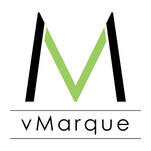 Welcome to our new website and company. We will be building out the site and business details, including packages and available services over the course of the next few weeks. We would love to share with you a small bit of how this business got started, but first learn more about how we chose the name vMarque and a little about the company. What's in the Name The 'v' stands for ‘virtual’ and 'Marque' is a French word or name for ‘brand’. Who We Are vMarque, LLC is a design and creative agency elevating small businesses to become virtually ReMARQUEable. Services include creative, design, and print media development, production and onboarding across marketing channels including social, web, media, and print platforms. Who We Serve We serve global small businesses and offer affordable turn-key services (one-time or monthly packages) to compete in a virtual world by helping with online sales, digital marketing, brand recognition, and creative mobile enablement. This company came about after witnessing how the pandemic disrupted so many small businesses. Many small businesses were not prepared to go virtual, deliver and provide curb-side, sell online, schedule appointments online, embrace mobile apps, and so much more. We see a great need to make it simple, affordable, turn-key, and less of a burden. There is no reason all small businesses shouldn't turn to a trusted agency to transform their small business to be mobile, digital, automated, and truly reach customers in creative and reMARQUEable ways.
Stay tuned as we showcase our products, packages, and streamlined services! |
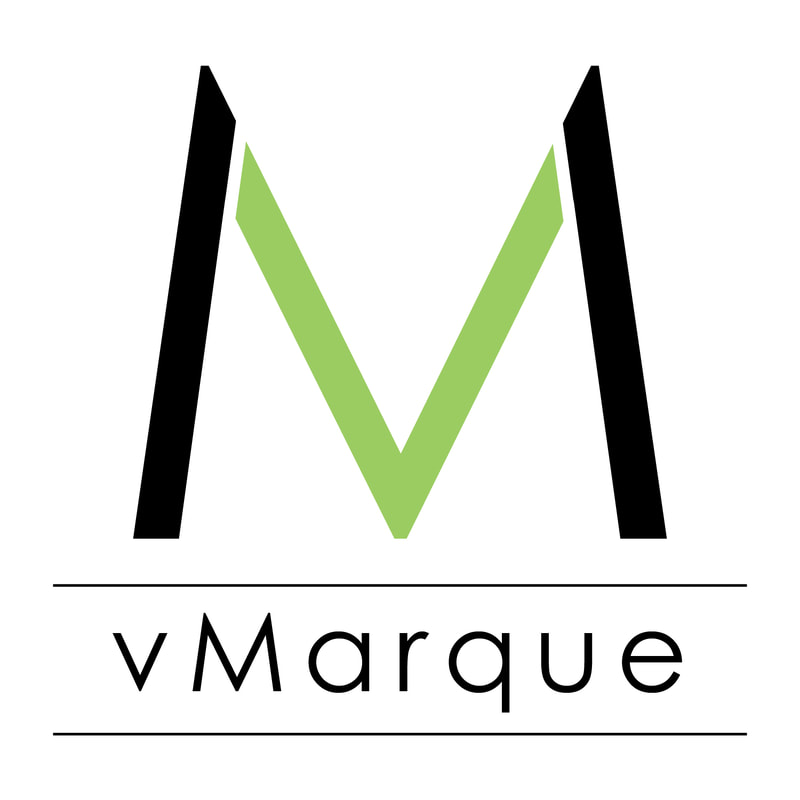
BLOG Be ReMARQUEable Virtually.™
Archives
January 2024
Categories
All
|
|
vMarque, LLC
8055 State Highway 173 N Bandera, TX 78003 +1 (830) 522-0860 Be ReMARQUEable virtually.™ |
© COPYRIGHT 2024. ALL RIGHTS RESERVED.
|
www.vMarque.com

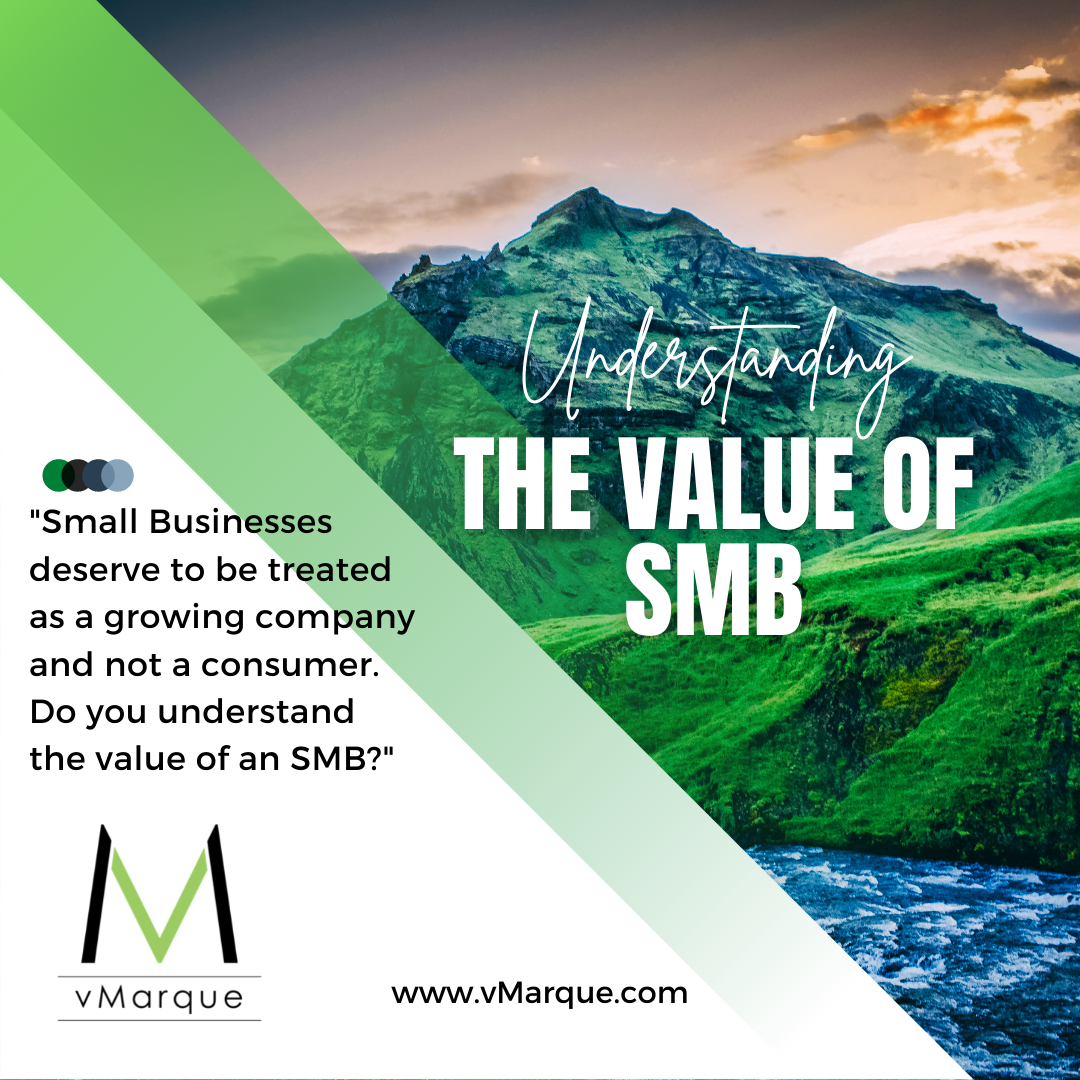
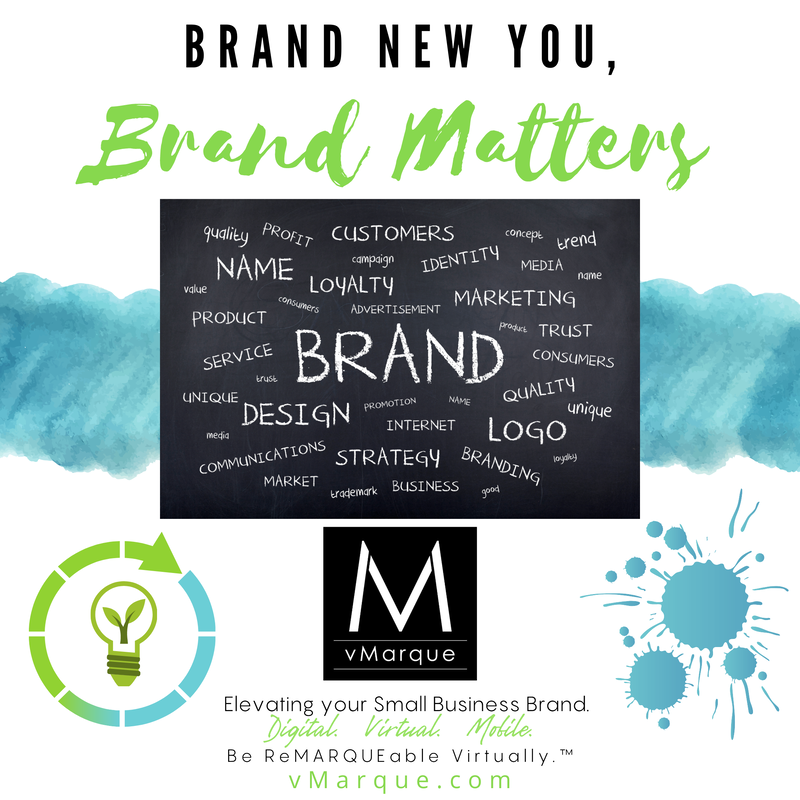

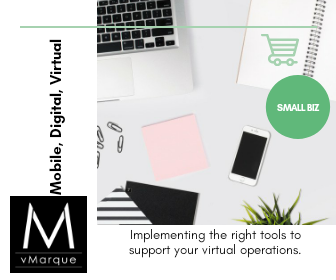

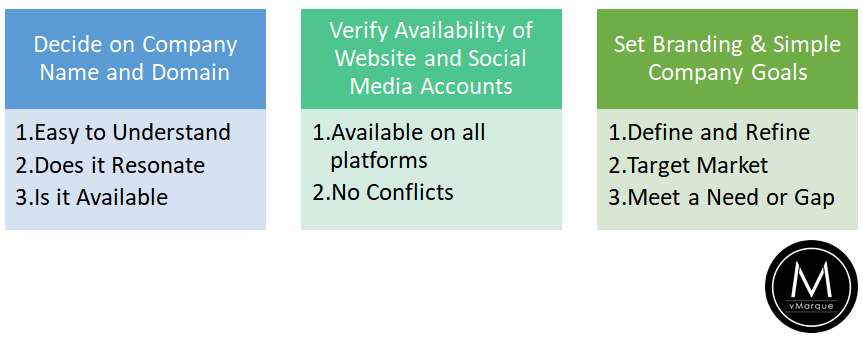

 RSS Feed
RSS Feed
